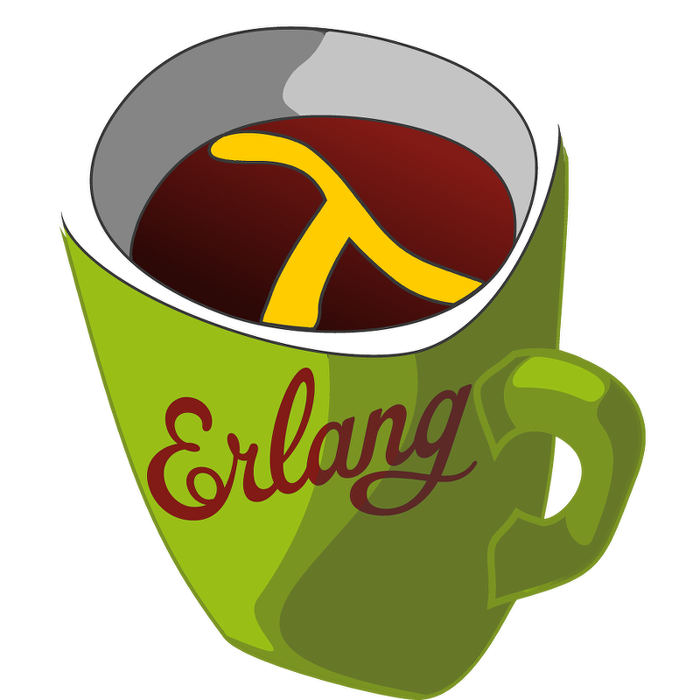LFE Friday - digraph:in_neighbors/2
 This week's LFE Friday was translated with permission from the
Erlang Thursday
series by Steven Proctor.
This week's translator: Robert Virding.
This week's LFE Friday was translated with permission from the
Erlang Thursday
series by Steven Proctor.
This week's translator: Robert Virding.
Today's LFE Friday is on digraph:in_neighbors/2.
digraph:in_neighbors/2 takes a graph G, and a vertex V, and will return a list of all the vertices that have edges originating from them that are directed toward the vertex V.
We will continue working with the graph from last week's post on digraph:get_path/3.
> (set graph (digraph:new))
#(digraph 8207 12304 16401 true)
> (set v-1 (digraph:add_vertex graph 'v-1))
v-1
> (set v-2 (digraph:add_vertex graph 'v-2))
v-2
> (set v-3 (digraph:add_vertex graph 'v-3))
v-3
> (set v-4 (digraph:add_vertex graph 'v-4))
v-4
> (set e-1 (digraph:add_edge graph v-1 v-2))
($e . 0)
> (set e-2 (digraph:add_edge graph v-2 v-3))
($e . 1)
> (set e-3 (digraph:add_edge graph v-3 v-4))
($e . 2)
> (set e-4 (digraph:add_edge graph v-2 v-4))
($e . 3)
> (set e-5 (digraph:add_edge graph v-4 v-1))
($e . 4)With that graph setup again, we can now find the in_neighbors of different vertices in our graph.
> (digraph:in_neighbours graph v-4)
(v-2 v-3)
> (digraph:in_neighbours graph v-1)
(v-4)
> (digraph:in_neighbours graph v-2)
(v-1)So for vertex v-4 we see the return value of (v-2 v-3) and for v-1 we have an inbound neighbor of v-4, and for v-2 we have the inbound neighbor of v-1.
digraph:out_neighbors/2
The digraph module also contains the function digraph:out_neighbors/2, which returns a list of the vertices that a the given vertex "points to" with its edges in the directed graph.
> (digraph:out_neighbours graph v-2)
(v-4 v-3)
> (digraph:out_neighbours graph v-4)
(v-1)
> (digraph:out_neighbours graph v-1)
(v-2)We can see from the picture of our graph that v-2 has edges that "point to" the vertices v-3 and v-4, and if we look at the result of digraph:out_neighbors/2, we get the result of the vertices v-3 and v-4.
In this case we get the list of vertices where v-4 is first and v-3 is second, but that may not be the case, as the documentation states that the the edges are "in some unspecified order", which holds true of digraph:in_neighbors/2 as well.
- Proctor, Robert

